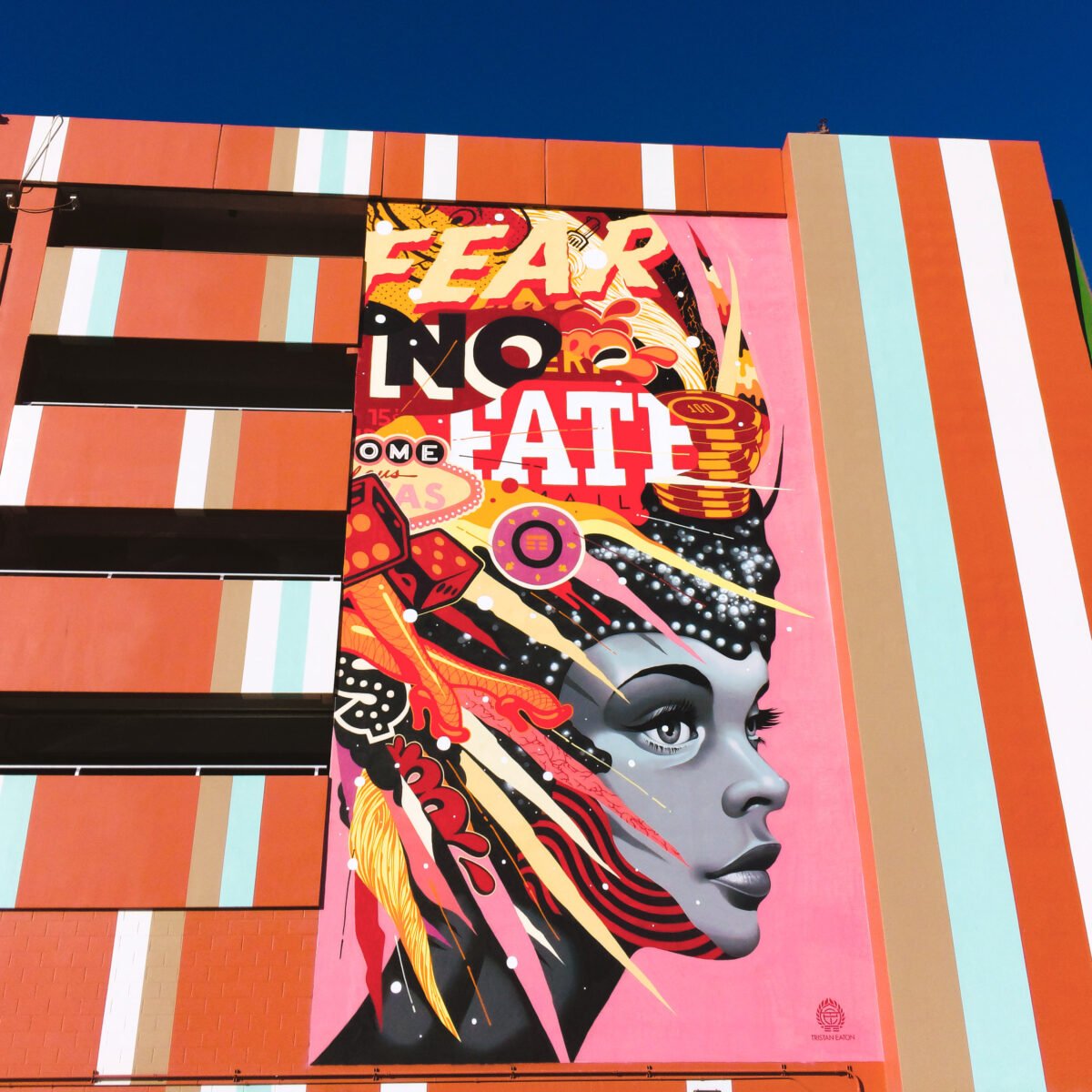Street art and graffiti have long been a subject of debate, with some considering it an act of vandalism while others see it as a powerful form of self-expression. In the United States, street art has evolved from rebellious graffiti tags on subway cars to large-scale murals that attract tourists, inspire communities, and even influence pop culture. Today, cities across America are embracing street art as a legitimate art form, transforming once-forgotten neighborhoods into open-air museums.
The Evolution of Street Art in America
Street art in the U.S. has its roots in the 1960s and 70s, when graffiti first appeared in cities like New York and Philadelphia. Young artists, particularly from marginalized communities, used spray paint and markers to leave their mark on buildings, subways, and alleyways. What began as simple tags evolved into intricate lettering styles and elaborate murals.
One of the earliest and most famous graffiti artists was Taki 183, a Greek-American teenager from Washington Heights, New York. His signature appeared all over the city, inspiring a wave of graffiti artists to follow suit. Soon after, artists like Jean-Michel Basquiat and Keith Haring emerged, blending street art with fine art and gaining recognition in galleries and museums.
The Role of Street Art in Urban Culture
Street art has become more than just an artistic movement—it is a tool for social commentary, activism, and cultural identity. Murals have been used to address political issues, celebrate historical figures, and raise awareness about social justice causes. In cities like Los Angeles, Chicago, and Miami, street art often reflects the diverse communities that live there.
For instance, in Los Angeles, the Chicano mural movement has given a voice to Latino artists who use public spaces to tell their stories. In Detroit, street art has helped revitalize abandoned buildings and attract visitors to areas that were once struggling. Wynwood Walls in Miami is another example, turning a neglected warehouse district into one of the most famous street art destinations in the world.
The Economic Impact of Street Art
What was once considered illegal and destructive is now being embraced as a means of boosting local economies. Cities are commissioning artists to create murals that enhance urban aesthetics and attract tourism. Street art festivals, such as Art Basel Miami Beach and Pow! Wow! Hawaii, draw thousands of visitors and generate significant revenue for local businesses.
Street art also plays a role in increasing property values. A study found that areas with prominent murals and street art installations tend to experience gentrification, leading to rising rents and new business investments. However, this can also be a double-edged sword, as it sometimes forces out the very communities that created the art in the first place.
The Legalization and Commercialization of Street Art
As street art gains recognition, more artists are moving from illegal graffiti to commissioned projects. City governments and private organizations are collaborating with artists to create murals in public spaces legally. For example, the Bushwick Collective in Brooklyn is a curated outdoor gallery featuring works from artists around the world.
Big brands have also capitalized on the popularity of street art. Companies like Nike, Adidas, and Coca-Cola have hired street artists to design marketing campaigns and limited-edition products. However, some argue that the commercialization of street art takes away its raw, rebellious nature.
The Future of American Street Art
The future of street art in the U.S. looks promising, with more cities recognizing its cultural and economic value. Technology is also playing a role in the evolution of street art. Digital murals, augmented reality art, and projection mapping are pushing the boundaries of what’s possible in public spaces.
While debates over street art’s legality and commercialization continue, one thing is certain: it has forever changed the way we experience art. American cities have transformed into living canvases, showcasing creativity, diversity, and the ever-evolving voice of the people.
also read:The Future of American Education: Trends and Innovations Shaping Schools
Final Thoughts
From the underground graffiti scene to mainstream cultural recognition, American street art has come a long way. What was once dismissed as vandalism is now celebrated as a vital part of urban identity. Whether in the form of politically charged murals, colorful community projects, or high-end gallery exhibitions, street art continues to shape America’s cities in ways that inspire and challenge the status quo.
So, next time you walk past a striking mural or an intricate graffiti piece, take a moment to appreciate the story it tells. It might just be the voice of a community, an artist’s dream, or a message that sparks change.






